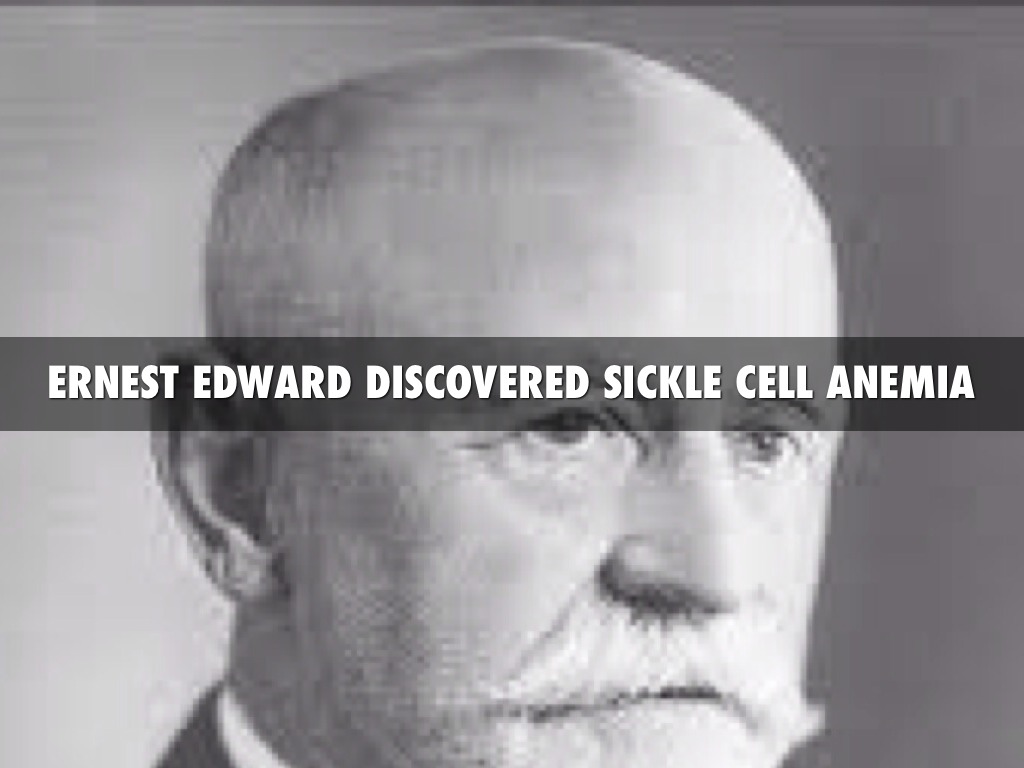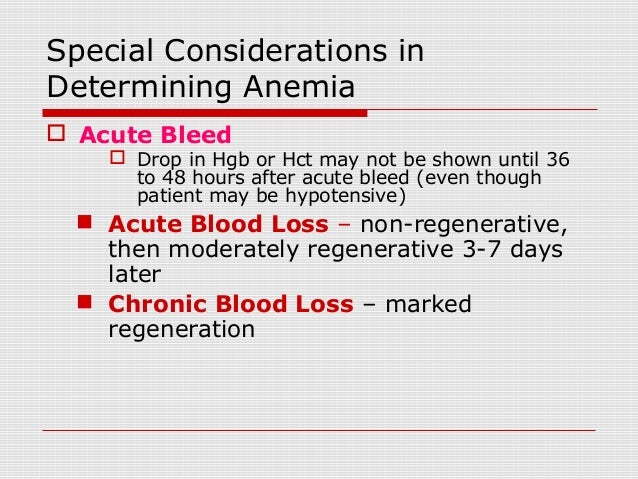The role of deoxygenation was discovered in the 1920s by Hahn and Gillespie. The legendary Jazz musician was diagnosed with sickle cell anemia in 1961 according to his biography written by Jennifer Warner.
 History Of Sickle Cell Anemia Springerlink
History Of Sickle Cell Anemia Springerlink
In summary in 1910 Herrick described an anemia characterized by bizarre sickle-shaped cells.

Who discovered sickle cell anemia. When anemia comes on slowly the symptoms are often vague and may include feeling tired weakness shortness of breath and a poor ability to exercise. When the anemia comes on quickly symptoms may include confusion feeling. The hereditary nature of the disease was suspected but not demonstrated until 1949 by Dr.
Herrick received his MD. In summary in 1910 Herrick described an anemia characterized by bizarre sickle-shaped cells. Sickle cell disease also appears in Middle Eastern countries and Asia.
When the carrier red blood cells release their oxygen to the tissues and the oxygen concentration within those cells is reduced HbS in contrast to normal hemoglobin HbA becomes. This historical finding was the first time a genetic disease was linked to a. From Rush Medical College in 1888.
Anemia also spelled anaemia is a decrease in the total amount of red blood cells RBCs or hemoglobin in the blood or a lowered ability of the blood to carry oxygen. HbS is sensitive to deficiency of oxygen. The role of deoxygenation was discovered in the 1920s by Hahn and Gillespie.
The hereditary nature of the disease was suspected but not demonstrated until 1949 by Dr. James Herrick made the first official description in published literature of sickle cell disease. Sickle cell anemia is the most common form of sickle cell disease comprising 60-70 of all cases of sickle cell disease.
Now Miguel Soares and Ana Ferreira of the Gulbenkian Institute of Science in Oeiras Portugal and colleagues have discovered how mice that have been genetically modified to. 11 1861 Oak Park Ill USdied March 7 1954 Chicago American physician and clinical cardiologist who was the first to observe and describe sickle-cell anemia. The hereditary nature of the disease was suspected but not demonstrated until 1949 by Dr.
Linus Pauling and colleagues were the first in 1949 to demonstrate that sickle cell disease occurs as a result of an abnormality in the red blood cell. James Bryan Herrick born Aug. This little known plugin reveals the answer.
Who Discovered Sickle Cell Anemia. The features of these other forms of sickle cell disease do overlap somewhat with sickle cell anemia but they are distinct disorders and should be considered as such. The medical history of sickle cell anemia began in 1910 when an American doctor named James Herrick used a microscope to study the blood cells of a Caribbean man who was experiencing body pains and lethargy.
Sickle Cell Disease in the Western Literature Description of Sickle Cell Disease In the western literature the first description of sickle cell disease was by a Chicago physician James B. First Description of Sickle Cell Disease On the 15th of November 1910 Dr. Sickle cell disease SCD or sickle cell anaemia is a major genetic disease that affects most countries in the African Region.
In summary in 1910 Herrick described an anemia characterized by bizarre sickle-shaped cells. The first case of sickle cell anemia was encountered in Chicago in the year 1904 when an African American man approached a doctor named James Herrick with the symptoms of the disease. Mason who observed the fourth reported case of Sickle Cell was also the first to call the disease Sickle Cell Anemia and to notice the similarities between the cases.
VR Mason names the disease Sickle Cell Anemia Dr. The role of deoxygenation was discovered in the 1920s by Hahn and Gillespie. Sickle cell anemia was most common among the African tribes.
Sickle cell anemia is caused by a variant type of hemoglobin the protein in red blood cells that carries oxygen to the tissues of the body called hemoglobin S HbS. Herrick who noted in 1910that a patient of his from the West Indies had an anemia characterized. In sickle cell disease the normal round shape of red blood cells become like crescent moons.




